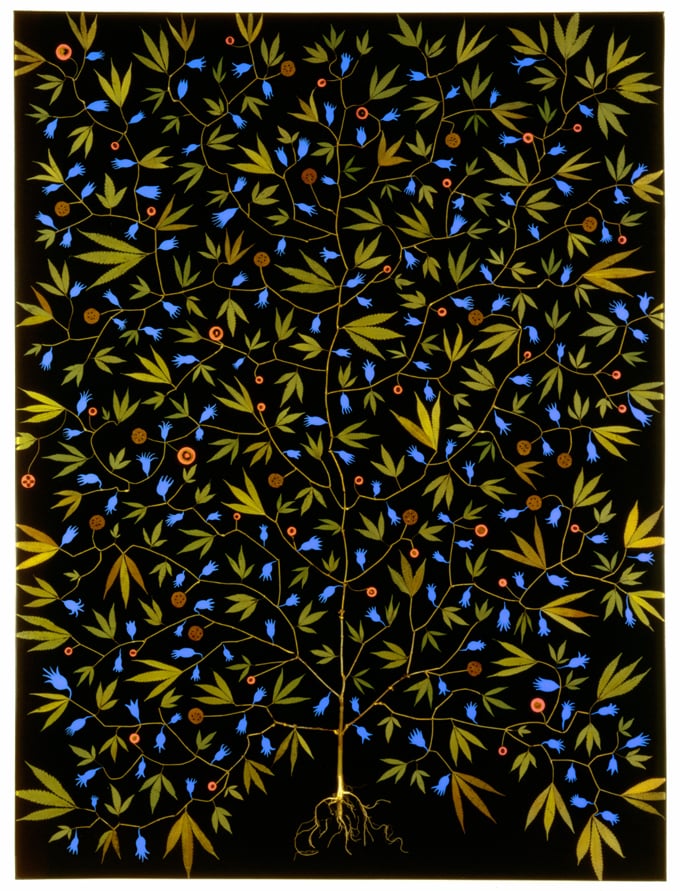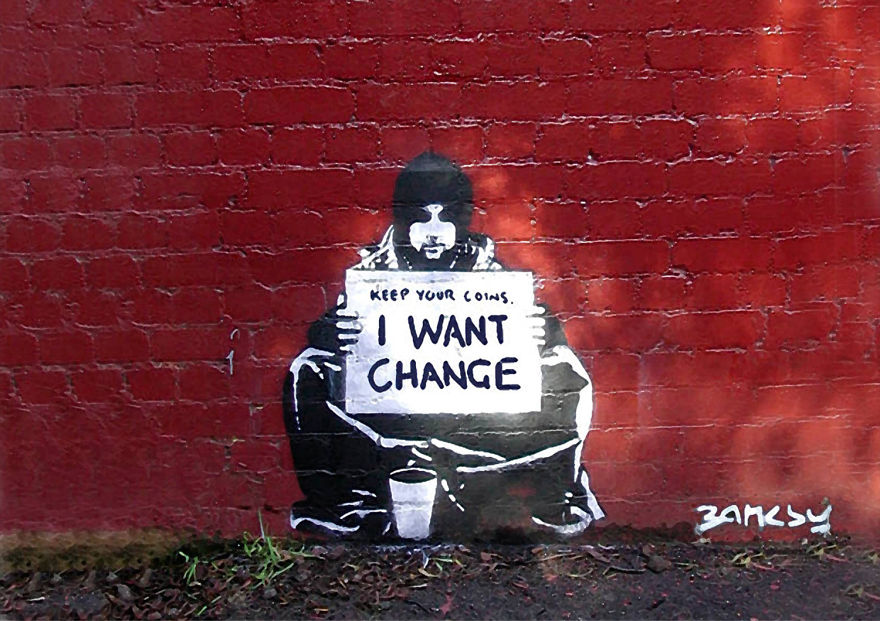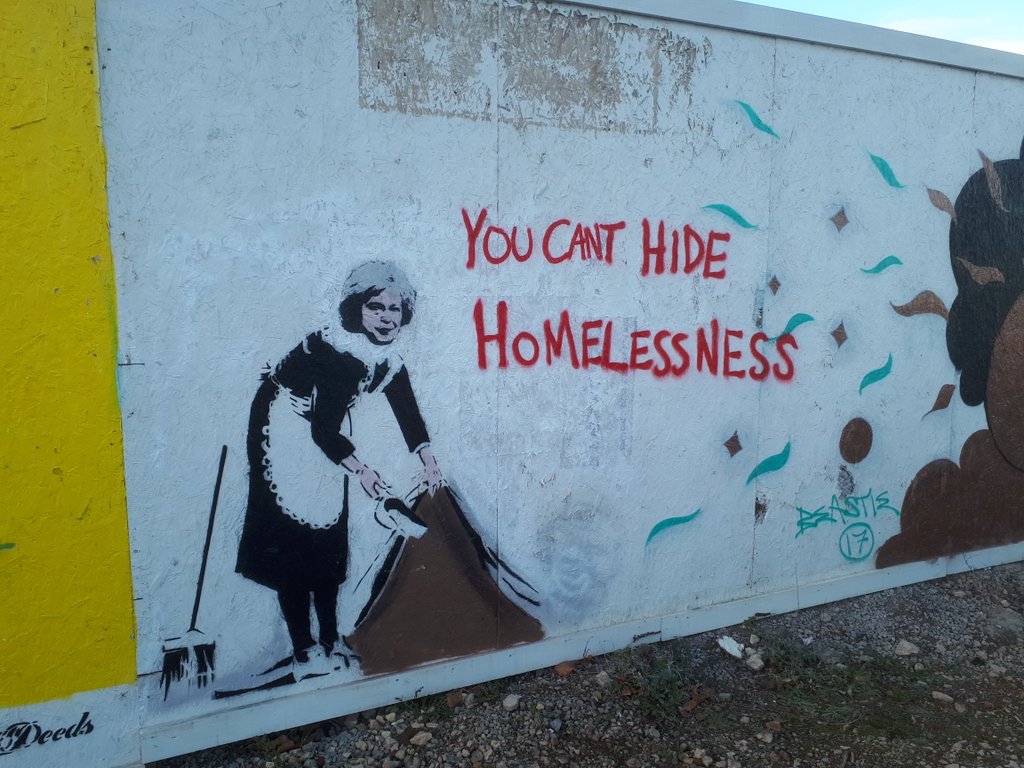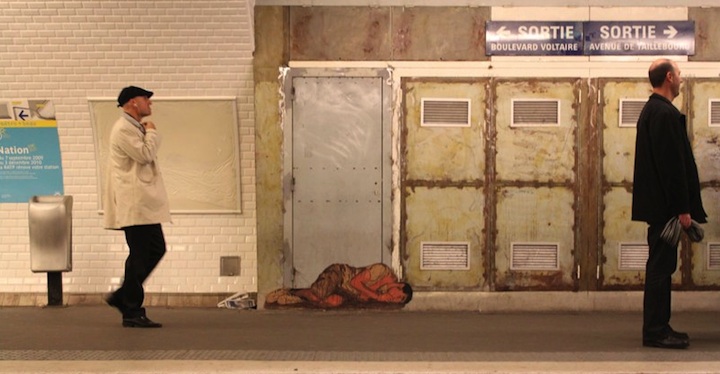An artist I looked into was Shantell Martin, the British
designer with more than an inkling for comic-driven style, specifically in
black and white. She states that, "Everyone is in a rush these days! Take
your time, do what you love, be honest with yourself and others around you,
educate yourself about all aspects of the business from taxes to contracts to
preservation of your works and also do an audit of your strengths and
weaknesses and THEN create a plan to focus on those weak points. We no longer
live in a day and age where artist can get away with simply making art (unless
your extremely privileged). "From feelings of alienation to messages of
empowerment, connects with my project. Also, the idea of writing on clothing, I
wanted to include in my film. She also focuses on finding self in drawing.
She also mentions for her, this goes back to being a kid who
is mixed race, having people trying to say that I had to be this or I had to be
that. I was like, “No, I can just be me.” Regardless of the medium, regardless
of the industry, I’m going to do what I want. I’m going to collaborate with who
I want. I’m going to say yes to projects that interest me.
If you write out “WHO ARE YOU,” you’ll see that the first
three letters are W A Y. So essentially it’s about trying to find your way in
life. About asking ourselves that question by posing it to the outside world.
“WHO ARE YOU” eventually turned into “YOU ARE YOU,” which is
a destination. Then “YOU ARE YOU” became “ARE YOU YOU,” because when you get to
that destination and figure out who you are, you have to start all again, in a
different way. You’re asking that initial question of “who are you?” or “how
are you finding your way?”—but you’re asking it in a new, unique way.
I like that she
values with being honest with yourself. Finding yourself in what you do and
figuring your sense of self.
Jenny Holzer and her project Truisms is insightful,
aggressive, or comic, they express multiple viewpoints that the artist hopes
will arouse a wide range of responses.
A small selection of Truisms includes: "A lot of
professionals are crackpots"; "Abuse of power comes as no
surprise"; "Bad intentions can yield good results"; and
"Categorizing fear is calming." The nearly three hundred sayings and
slogans utilize a series of modern clichés or commonly held truths. She began
simplifying big ideas from her readings into concise statements and phrases and
putting up signs around Manhattan. She wrote all of her own clichés, thinking
that if people heard something that was a little different than usual that they
would remember it more clearly. She liked to keep her statements as short and summarizing
and wanting it to able to reach the largest crowd as possible. “You only have a
few seconds to catch people, so you can’t do long, reasoned arguments, but I
hope they’re not simplistic or idiotic”, Holzer said on the topic. Her goal was
for people to see them, read them, laugh at them, and be provoked by them. I She
like the aggressiveness and the kind of futuristic beauty of the electronics.
From Truisms, I
enjoyed reading about how straightforward and direct the statements she would
put out there that she wanted to bring awareness to which is what I’m also
doing in my project. Also, that she acknowledges that in order to capture
people’s attention has to be short and to the point. You have to create
something that will grab people’s attention.
Barbara Kruger - Most of her work consists of
black-and-white photographs, overlaid with captions, stated in white-on-red
Futura Bold Oblique or Helvetica Ultra Condensed text. The phrases in her works
often include pronouns such as "you", "your",
"I", "we", and "they", addressing cultural
constructions of power, identity, and sexuality.
She would put together photographs with pithy and assertive
text that challenges the viewer. Her method includes developing her ideas on a
computer, later transferring the into images. Her most recognizable slogans
read "I shop therefore I am," and "Your body is a
battleground," appearing in her trademark white letters against a red
background. She draws attention to ideas such as feminism, consumerism, and
individual autonomy and desire, frequently appropriating images from mainstream
magazines and using her bold phrases to frame them in a new context.
Kruger has said that "I work with pictures and words
because they have the ability to determine who we are and who we aren't."
A larger category that threads through her work is the assumptions and
alteration of existing images.
She states that, “Pictures and words seem to become the
rallying points for certain assumptions. There are assumptions of truth and
falsity and I guess the narratives of falsity are called fictions. I replicate
certain words and watch them stray from or coincide with the notions of fact
and fiction.”
I think about text
and what type of visuals and size for creating the piece.
When it comes to my
project these are all connections that relate to it. There’s a common pattern
amongst the project and what I want to do. Regarding to how I want to execute
it and create. I’m just honestly tired of society. We live in a fucked up
world. I just want people to own up to themselves and who they are and stop
trying to project to this so called perfect life or wannabe life. It’s
interesting to see other artists and what they’ve done. I don’t like being
influenced by other people’s work but it’s interesting to see what people have
done. That’s me owning up to this is what is important to me to be able to
express how I feel and that I feel it’s problematic that there’s so many toxic
people out there. If people, make projects or films or whatever related about
people creating fake personalities than that’s an issue. Psychological abuse
and being messed up by people who don’t really take the time to get to know
their own selves. Trying to find people to just fill their void and rely on
others to find the answers for them. When in reality, no one can ever really
figure you, but yourself.
 Like Candy Chang, I want to create a safe space for people to reflect, share, understand, and connect. When you suffer from mental illness, speaking about it can be extremely hard. Through this project I want to allow people, whether you suffer from mental illness or not, to share, anonymously, their fears and their deepest thoughts because we have more in common with each other than you think. My idea for the project is to shine light on anxiety by creating a wall similar to Candy Chang’s. I want to place my piece in GSUB where people can fill out these little cards that read “my biggest fear is” and place them on my wall. Reading what other people hang onto the wall may help someone in knowing they aren’t alone. Knowing that someone else shares the same fears as you is comforting. I hope I’ll be able to offer people some sort of relief in knowing that they aren’t alone.
Like Candy Chang, I want to create a safe space for people to reflect, share, understand, and connect. When you suffer from mental illness, speaking about it can be extremely hard. Through this project I want to allow people, whether you suffer from mental illness or not, to share, anonymously, their fears and their deepest thoughts because we have more in common with each other than you think. My idea for the project is to shine light on anxiety by creating a wall similar to Candy Chang’s. I want to place my piece in GSUB where people can fill out these little cards that read “my biggest fear is” and place them on my wall. Reading what other people hang onto the wall may help someone in knowing they aren’t alone. Knowing that someone else shares the same fears as you is comforting. I hope I’ll be able to offer people some sort of relief in knowing that they aren’t alone.



















